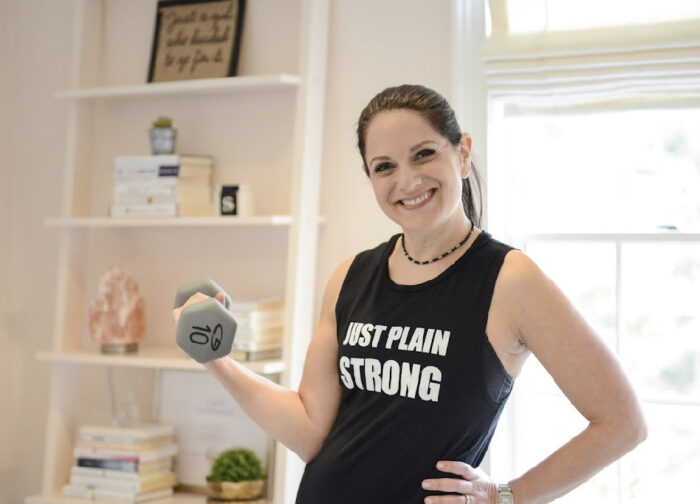
As a small girl, I had big ideas about being a mom on Mother’s Day. The day would begin with breakfast served to me in bed by little ones in matching pajamas. We would cuddle together as I opened crafty gifts and read homemade cards. We would spend the day enjoying the beauty of our bond. It would be the best day of the year. A celebration of togetherness.
When I became a mom and Mother’s Day came around, a celebration was the last thing on my mind. What was there to celebrate? The never-ending pile of laundry I faced daily? The ever-present crumbs on the floor of my car? Yes, I loved my kids. But motherhood, at least my motherhood, not so much. Reality came with a mess in the kitchen from breakfast preparation. There was glitter all over my bed from the home-made cards. Even more work that I didn’t want to be doing. What I wanted on Mother’s Day was a break from it all. I was trying to survive; I didn’t have the energy to celebrate.
Before becoming a mom, I saw the role as a powerful place to be. I saw the mother as the leader of the home, loved and respected for her guidance. After a decade and a half, I was experiencing the opposite of this. I felt disempowered. How could I be strong doing something that was so draining? A 24- hour, seven days a week job with no vacation. Three kids taking turns having meltdowns and making messes all over the place. I didn’t need to celebrate motherhood, I needed to be rescued from it.
What was happening?
I was teetering on the edge of burnout. I had been so focused on my role as a mom that I stopped taking care of myself. I thought that a good mom was one who sacrifices herself for her family. All I needed was for my kids to be ok and that would somehow make everything else, including me, ok. I was clearly doing something wrong. I could feel my foundation crumbling.
The problem wasn’t motherhood, it was the way I was doing it. I was looking at it from the top down. It was like I was building a building starting at the penthouse floor when I needed to start at the foundation. I was the foundation.
I knew something had to change. The quality of my life depended on it. I had to start taking better care of myself. Once I understood this, I was able to rebuild my motherhood by strengthening myself.
The first step I took was I started lifting weights three to five times each week. I became physically strong, and physical strength set me on the right track. My mood improved. From there, my entire motherhood fell into line. I became the manager of my house, delegating housework rather than doing it all. I took control of my finances. I built new skills. I rested and recovered as needed.
And then what happened? My motherhood experience transformed from one of disempowerment to one of strength. When I felt physically strong, I felt capable. Every aspect of my life began to bloom. I was in a role I didn’t need to escape from, not even for one day.
Motherhood is a big job, and the circumstances continue to change. While old issues remain new ones, like managing technology, social media and Covid, accrue. I have discovered that having an amazing family and home isn’t enough. It all must be managed in a way that isn’t depleting and exhausting.
This Mother’s Day, look at where you are on your journey. Do you want to celebrate motherhood or escape from it?
If your experience is the one you’ve dreamed of, fantastic. If it isn’t then it’s time to make some changes. I invite you to join me for my podcast Banishing Mom Burnout. This is a podcast dedicated to getting moms out of depletion and into a position of strength and power. There is a way to reclaim motherhood. If I did it, so can you. Now, that’s something to celebrate!
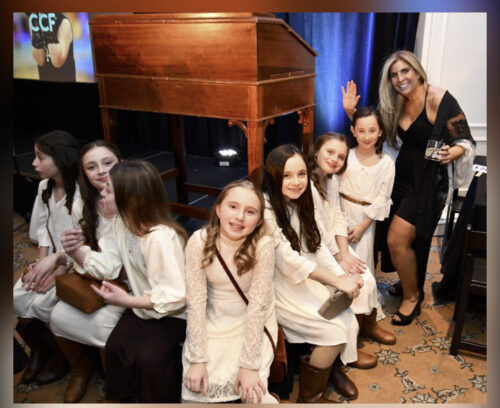

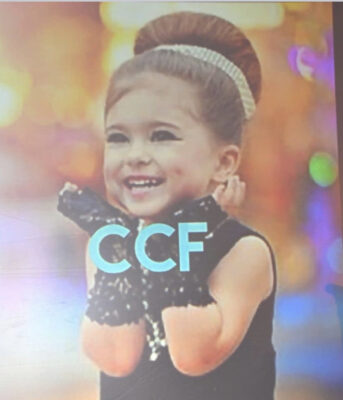


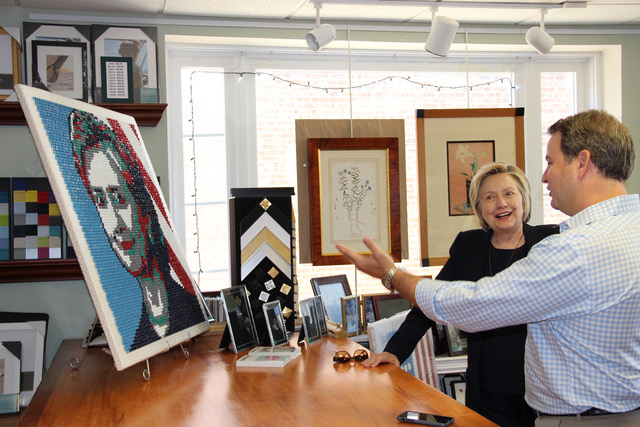
 Wolfberg’s interest in art began in childhood. As the son of an interior designer and an acclaimed architect, an awareness of visual beauty was instilled in him as far back as he can remember. In addition, he grew up in Miami, where art deco patterns and vibrant colors were all the rage. Wolfberg formalized his interest in art through his studies at the University of Michigan Stamps School for Art and Design.
Wolfberg’s interest in art began in childhood. As the son of an interior designer and an acclaimed architect, an awareness of visual beauty was instilled in him as far back as he can remember. In addition, he grew up in Miami, where art deco patterns and vibrant colors were all the rage. Wolfberg formalized his interest in art through his studies at the University of Michigan Stamps School for Art and Design.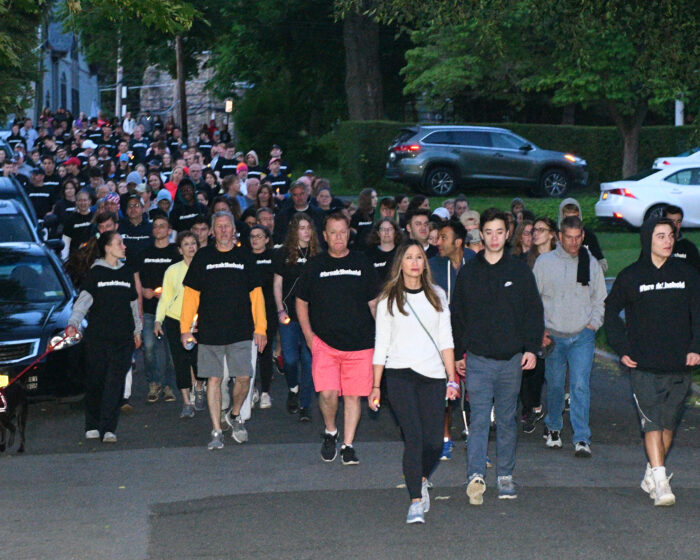

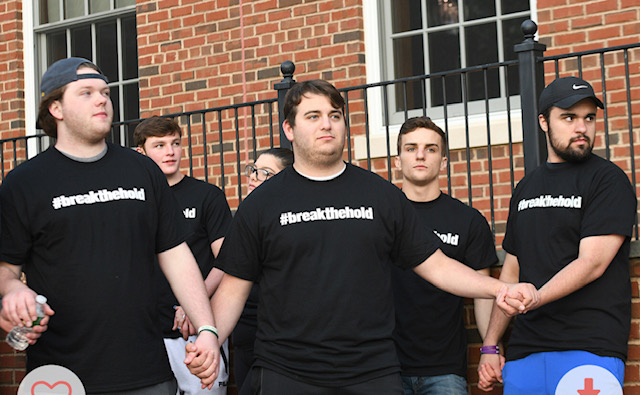
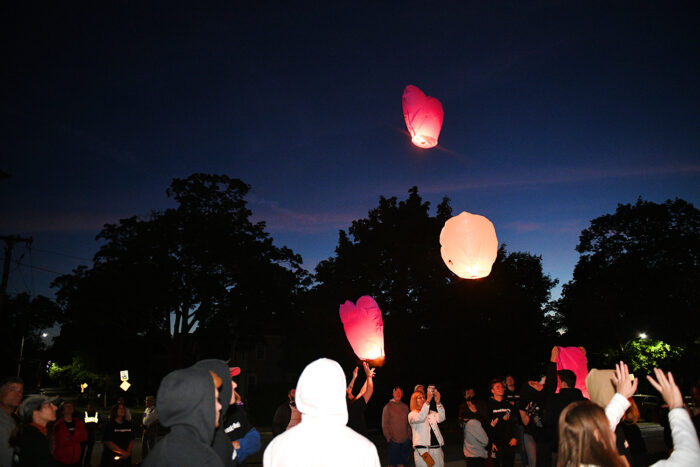


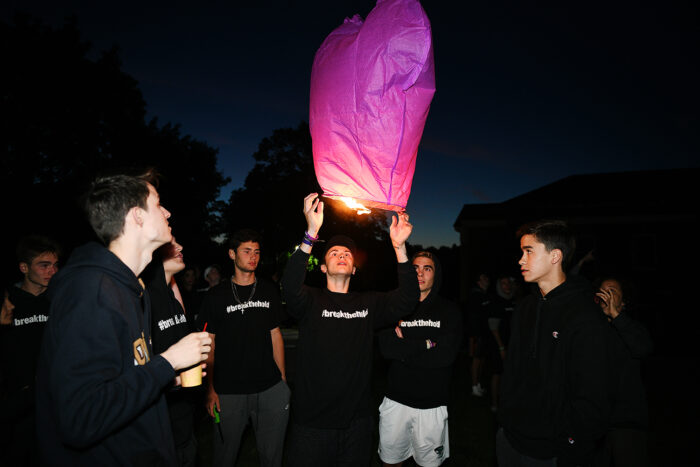
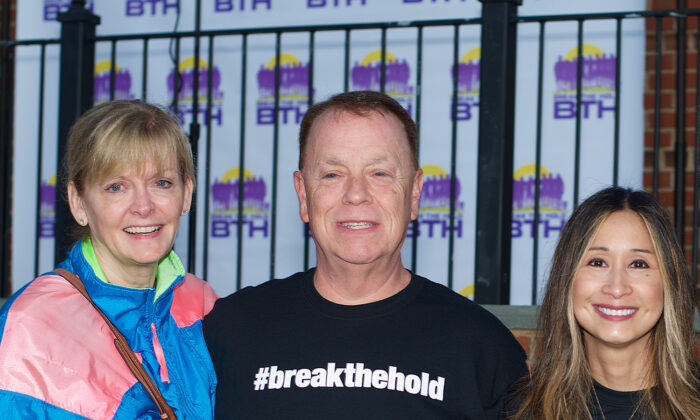
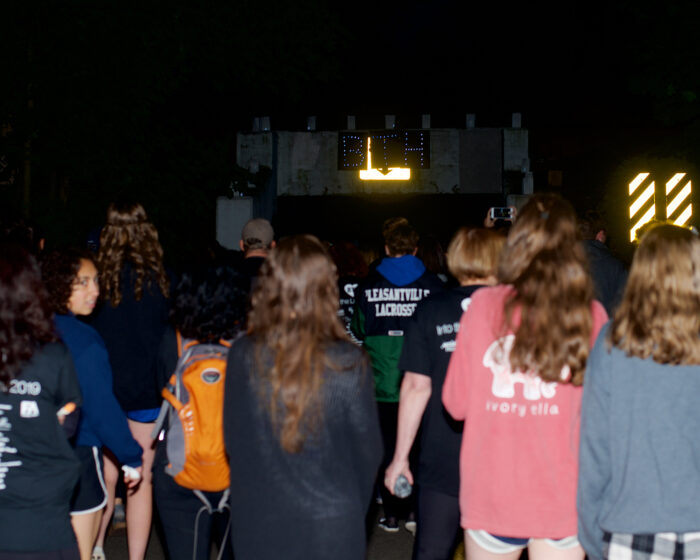
 Brian was a beloved son, brother and friend. He was well-liked, smart and athletic. He was friendly and had a lot of empathy for others. His parents knew he was a good person but “didn’t realize how kind he was”. After he passed away, friends and acquaintances contacted his parents and told them that if Brian saw someone who seemed sad he would not hesitate to reach out to them.
Brian was a beloved son, brother and friend. He was well-liked, smart and athletic. He was friendly and had a lot of empathy for others. His parents knew he was a good person but “didn’t realize how kind he was”. After he passed away, friends and acquaintances contacted his parents and told them that if Brian saw someone who seemed sad he would not hesitate to reach out to them.